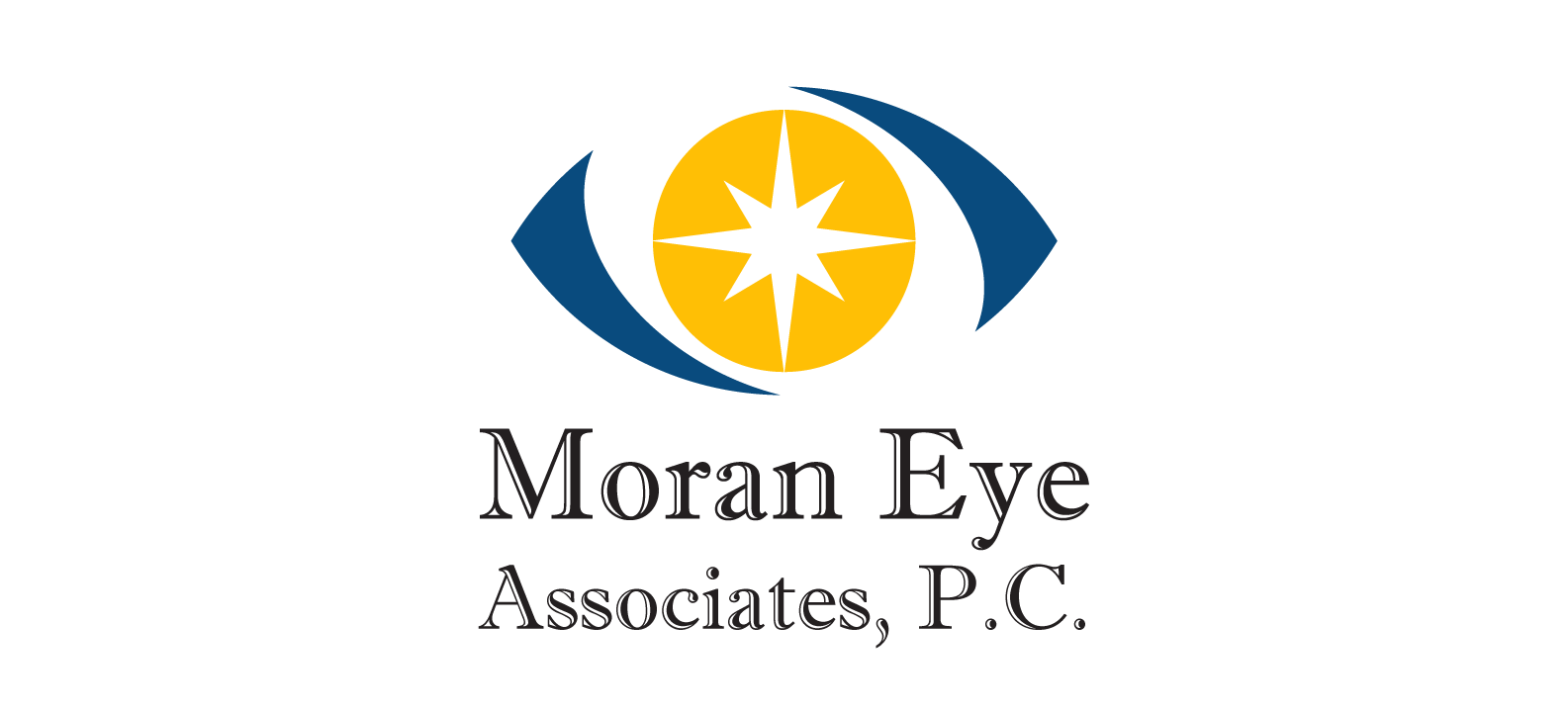by Dr. M | Aug 6, 2019 | Cost, Education, Medical Eye Care, Medication, Patient Care, Prescriptions, Uncategorized
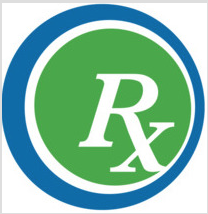
Talk to your pharmacist…you’ll be glad you did!
Have you spoken to your pharmacist lately? We know that prescription medications can be expensive. Your pharmacist can help you manage your medications, and may be able to help you find savings on your prescriptions.
Make friends with your pharmacist.
Your pharmacist is an essential part of your healthcare team. They may be aware of resources that can save you money, all you have to do is ask! Ask if you can speak with your pharmacist, they are happy to take a few minutes to review your medications. Most pharmacies have a private place for patient consultations.
Discount PROGRAMS.
Your pharmacist might be aware of discount programs that can save you money. They have a complete list of your medications, so they can can review the list with you. Talk to the pharmacy staff to see if there are any discount plans or strategies that might help you save some money.
ASK YOUR DOCTOR.
Ask your doctor if you there is a generic version of the medication. Generics are less expensive, and have the same active ingredients as the brand-name medications.
We want you to stay on track with the medications that are prescribed for you. The first step toward that goal is making sure that you get the medications that you need to stay healthy.
We know that an informed patient makes the best healthcare decisions, so make sure ask questions! You can benefit from relationships with every member of your healthcare team.
by Dr. M | May 13, 2019 | Appointment, Cost, Diabetes, Exam, Glaucoma, Medical Eye Care, Office, Referral

Health insurance can be very confusing. We talk to patients about it everyday, so we thought it would be helpful to outline the basics.
We can’t stress enough that every plan is different. While you may be covered for a service, you may have a co-pay or deductible that must be paid. If you aren’t sure, please check with your human resources department or insurance company.
MEDICAL INSURANCE: Exams that qualify for Medical Insurance include care and treatment of eye disease and injury. Among the conditions covered are Glaucoma, Cataracts, Diabetic Retinopathy, Macular Degneration, Injury to the Eye, and Infection.
Most medical insurances do NOT cover the cost of checking to see if you need new glasses. This part of the exam is called Refraction (Better 1 or 2?), and is NOT part of medical eye care. Refraction is a separate charge.
VISION INSURANCE: Some benefit plans include vision insurance. Each plan’s coverage is unique, so you need to check specifics with your insurance plan. Items that MAY be covered under vision insurance at a reduced cost or co-pay include your routine eye exam, contact lens fitting, glasses and contact lenses.
Again, we recommend checking with your insurance company to verify your coverage, co-pay and deductible.
We are here to help if you need any treatment information or diagnosis codes so that you can discuss specifics with your insurance provider.
Ultimately, your insurance company considers you responsible to investigate your coverage and will often only provide that information to you, not to your doctor.
by Dr. M | Jan 31, 2019 | Cataracts, Cornea, Cost, Diabetes, Education, Exam, Eyeglasses, Medical Eye Care, Procedure, Surgery
When it is time for cataract surgery, you have choices to make that will determine your future vision.
During cataract surgery, Dr. Moran will remove the cloudy lens of your eye and replace it with a clear Intraocular Lens (IOL). Patients have the option to choose from different types of IOLs for their surgery.
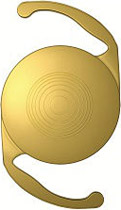
Intraocular lens implant
While all the IOLs offer improved vision, there are some lens choices that offer additional features, such as astigmatism correction, and vision at fixed points of focus – near, intermediate and far vision. Dr. Moran will discuss these lens choices with you. He will explain which option(s) are right for you, taking into consideration the health of your eye and your visual needs after surgery.
The chart below compares the features of the IOLs.
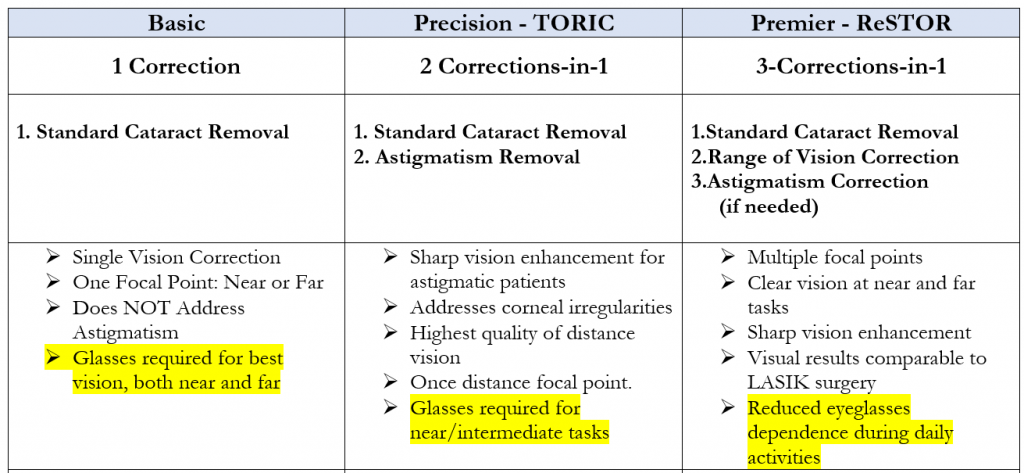
The Basic lens offers 1 area of correction, and may be covered by your insurance. This lens offers clearer vision at one point of focus either distance or near. For patients who don’t mind wearing glasses, this lens is a good option.
The Toric and ReSTOR lenses do more, so there is additional cost for these lenses. Insurance does not cover the cost of these lenses, since they are considered advanced technology lenses. These lenses are special order for you, so payment for these lenses is due one week prior to the surgery date.
The Toric lens corrects one point of focus, either distance or near, and corrects for astigmatism, which is an irregular shape of the cornea. Patients with a corneal astigmatism greater than 1.25 diopters are good candidates for this lens.
The ReSTOR lens offers multiple points of focus. This lens is designed with concentric circles, each with a specific prescription power. Your eye will be able to focus using the right power ring in the lens. ReSTOR lenses are recommended for patients who have healthy eyes, and who are having surgery on both eyes done within a few weeks of each other.
More information about cataract surgery and your IOL choices will be discussed at your cataract evaluation appointment with Dr. Moran, and again with our surgery coordinator at your scheduling/measurement appointment. We encourage all patients to check with their insurance company before their cataract surgery to find out specifics about what is covered under their plan. Some plans have co-pays and deductibles that may affect the amount that the patient will have to pay.
Click to read more about Cataracts
by Dr. M | Oct 23, 2018 | Cataracts, Cost, Education, Exam, Glaucoma, Mark Moran, Medical Eye Care, Procedure, Surgery
The iStent Inject: This procedure may eliminate the need for daily glaucoma drops!
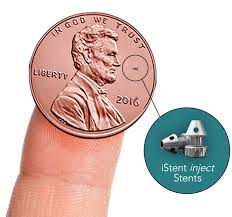
Size of the iStent Inject
Dr. Mark Moran is now offering Micro-Invasive Glaucoma Surgery (MIGS) with the iStent Inject. This option is currently available for glaucoma patients who are having cataract surgery.
Clinical studies have shown a significant decrease in eye pressure in mild-to-moderate glaucoma with this implant. It is interesting to note that the iStent Inject is the smallest medical device known to be implanted in the human body. The picture to the right shows the actual iStent as a tiny speck on the face of a penny!
An Alternative to Glaucoma Drop Therapy
If using drops to control your glaucoma poses problems for you, this procedure may be a great alternative. Ask yourself if you have these issues with your glaucoma medication:
- Do you have problems putting drops in your eyes?
- Do you forget to use your drops as prescribed?
- Do you have financial concerns with the cost of prescription drops?
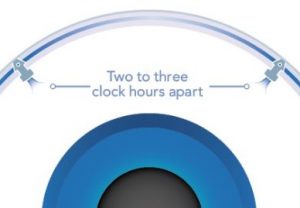
iStent Inject in place
How the iStent works: During cataract surgery, Dr. Moran inserts these tiny stents to create two openings between the front part of the eye and the eye’s natural drainage pathway. This improved flow decreases the pressure in the eye.
Insertion of this FDA approved device is painless. You won’t be able to see or feel these microscopic devices. They are so small that you won’t have to worry about going through an airport metal detector or having an MRI.
This combined cataract/stent procedure does not significantly increase the amount of time that you will spend in the operating room. The recovery time from this procedure is the same as with cataract surgery alone.
Dr. Moran explains the results: “I’ve seen a decrease in pressure in the patients who have had the stents inserted. Many have stopped using their drops altogether. We remind patients that this stent procedure is a treatment, NOT a cure for glaucoma. You still need to follow up with regular appointments to monitor your glaucoma, and maintain the health of your eyes.”
If you have questions about glaucoma, cataracts, or any other vision concern, call to make an appointment at 610-628-2022. Dr. Moran and Dr. Tang would be happy to review your history and discuss if this procedure is right for you.
by Dr. M | Jan 8, 2018 | Cost, Education, Exam, LASIK, Mark Moran, Medical Eye Care, Patient Care, Surgery

Dr. Mark Moran has been doing LASIK for almost 20 Years.
I’ve been doing LASIK surgery since the turn of this century, so I keep up on LASIK news. I hadn’t seen deeply discounted LASIK at unbelievable prices in quite a while. But recently, I have started to get emails offering me LASIK at $299 per eye.
As a physician practicing in today’s environment, I have a responsibility to ensure my patients are getting a fair price. When an EpiPen can cost $500, and drug prices can increase from $7.50 to $750 overnight, I must make sure that I consider price options when making recommendations for my patients.
In the past, knowing what it costs to operate a LASER and the cost of performing a safe and accurate LASIK procedure, it was evident that there weren’t many LASIK surgeries being performed at the advertised price of $299. It costs far more than $299 for the doctor to perform LASIK, not to mention the equipment costs for accurate testing and measurements.
I had been told by patients who had investigated the $299 LASIK offer, that the $299 LASIK wasn’t available for them. It seems as though $299 was just the starting price. The cost escalated soon after the consult started. This was second-hand information so I never really got the specific facts until now…
Recently I got an email offer which finally included the “fine print.” I’m going to break it down.
Following is a breakdown of the disclaimer on their low-cost offer:
“Prices based on prescription: up to -1.00 $299,”
The first phrase in the disclaimer is the main reason why so few $299 LASIK procedures are done. A -1.00 prescription is probably about 20/40 vision. You would still be able to drive an automobile both during the day and night. (There are stronger restrictions for nighttime driving.)
The pricing detail continues:
“…-1.25 to -2.0: $1099;
…-2.25 and up as well as all hyperopic and/or greater than -0.50 diopter of astigmatism: $1799.”
Then the other shoe drops. If you have a half of diopter of astigmatism that raises the price to $1799, which is now approaching a reasonable price for a standard LASIK procedure. Seventy percent of all prescriptions written in America have some astigmatism. Which means if there if there is a significant enough prescription that needs correction and one is given, three-quarters of the time it’s going to have astigmatism. The price has now hit the $1800 per eye mark.
“Individual results will vary.”
I got a chuckle from this portion of the disclaimer. Pretty obvious observation.
“Candidacy determined by an independent doctor located within or adjacent to the LASIK Vision Institute’s (LVI) facility. All procedures performed by an independent surgeon. Punctal plugs, assurance plans and other technologies available at additional cost. This offer may not be combined with other offers. Other conditions may apply.”
And then there’s the “additional cost” disclaimer. So even with the maximum quoted price of $1799 there are still add-on charges to consider.
The take-home message: you’re not likely to get LASIK (or do you need LASIK) at $299. There may be small variations in price for LASIK surgery by area doctors, but the costs for procedure tend to be similar.
The smart consumer considering LASIK surgery should be looking for other factors in making their decision. Choose your surgeon based on:
- Level of Experience,
- Successful Patient Outcomes,
- Equipment and Technology Used,
- Patient Satisfaction & Reviews,
- Overall Quality of Care.
caveat emptor.
by Dr. M | Mar 10, 2017 | Cost, Experience, Fear, LASIK, Procedure, Surgery
There is no need to delay! Get the facts you need to make the best decision for you about LASIK surgery.
“I wish I had done this years ago!”
We often hear this statement from patients soon after their LASIK procedure. Why did they wait so long? The top two answers are: Cost of & Fear of Surgery
Let’s help dispel both of those issues.
COST: When you look at the price of LASIK, don’t think of it as a cost, but as an investment that will pay off as long-term savings.
Consider the price of glasses and contact lenses over time. The average cost of glasses is $250-$400. They can cost you even more if you have multiple pairs or use prescription sunglasses!
If you wear contacts, you may be paying $250 per year…If you need specialty contacts, the cost could be even more!
If you add these numbers over time, you can see that LASIK can save you money over your lifetime.
FEAR: We understand that Eye Surgery can be a worrisome prospect. When you consider that LASIK is an outpatient procedure that takes only minutes to perform, you can rest easier. LASIK and PRK have been proven safe and effective by the FDA. The risk of complications resulting from LASIK surgery is less than 1%.
We make sure that you understand what happens during the procedure to dispel your fears. Dr. Moran has a very calming demeanor during surgery. He treats each patient with care. He will talk to you throughout your procedure so that you are aware and informed. We know that the more you know about what to expect during surgery, the less you will need to worry!
Here is a step-by-step summary of what you can expect during your LASIK procedure:
- During LASIK, you will be awake and alert in a reclined position.
- Your eyes will be numbed by a series of drops.
- Your eye will be held open by a lid holder – so you won’t have to worry about blinking!
- Your vision goes dark for a few seconds while Dr. Moran creates the flap.
- The flap is then opened, like the page of a book.
- A cool laser is used to reshape the corneal tissue underneath the flap.
- The flap is closed and Dr. Moran smooths it back into place.
Worried about the risks of surgery? The risk with LASIK surgery is very low. Making sure that you have an experienced surgeon like Dr. Moran, and you can reduce your risk even further. Dr. Moran has done thousands of LASIK procedures.
The first step is yours. Come and see us for a FREE LASIK consultation. Dr. Moran and his expert staff will answer all of your questions and help you feel confident that this procedure is right for you.

